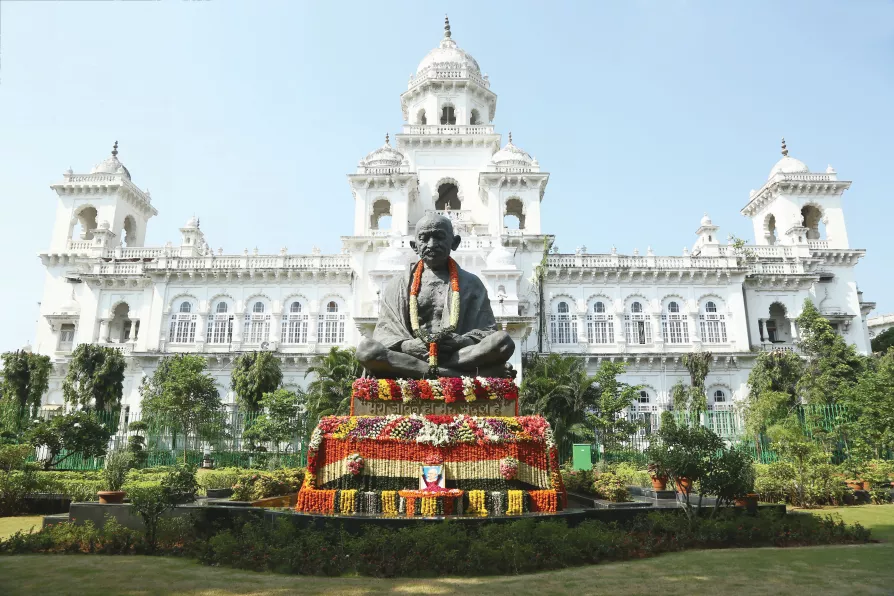CAMERON HARRISON and CJ ATKINS analyse the White House’s new strategy in detail

 Telangana State legislature building
Telangana State legislature building
SOME of the most prominent AI startups, tech companies, their executives, researchers and engineers would have us believe that artificial intelligence (AI) poses an existential risk to humanity and should be considered a societal risk on par with pandemics and nuclear wars.
Beneath the self-serving hype of rogue super-intelligent AI models (the current models are nowhere close to approaching human-like intelligence), the AI models pushed by governments pursuing aggressive neoliberal agendas and monopoly corporate interests are harming society and humanity in far more mundane ways, often targeting the poor, and ethnic and religious minorities.
Two bad AI welfare models

Digital ID means the government could track anyone and then limit their speech, movements, finances — and it could get this all wrong, identifying the wrong people for the wrong reasons, as the numerous digital cockups so far demonstrate, warns DYLAN MURPHY

Under Modi’s hard-right regime, India is going backwards — but not in the state of Kerala, where the communist-led government continues to deliver remarkable results in infrastructure, economic growth, healthcare, welfare, education, science and social harmony, reports PEOPLE’S DEMOCRACY

While claiming to target fraud, Labour’s snooping Bill strips benefit recipients of privacy rights and presumption of innocence, writes CLAUDIA WEBBE, warning that algorithms with up to 25 per cent error rates could wrongfully investigate and harass millions of vulnerable people











